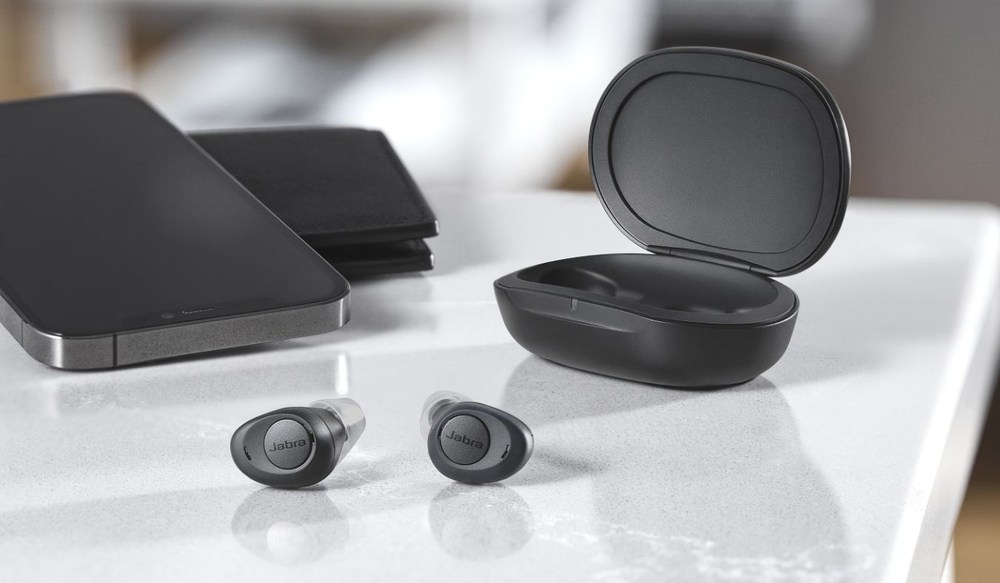Understanding Age-Related Hearing Changes
Hearing changes are a normal part of aging, and most adults over 65


Hearing changes are a normal part of aging, and most adults over 65

Certain sounds can catch our attention in ways that feel unusual or

Hearing loss affects many children each year and can influence areas of